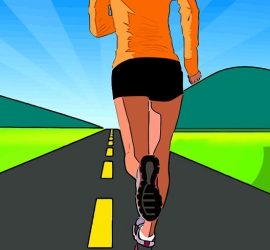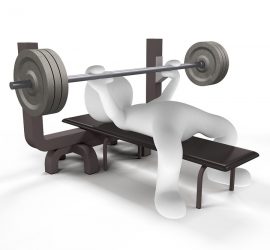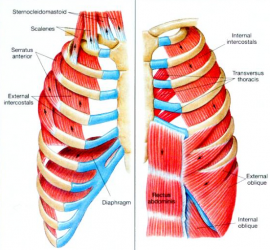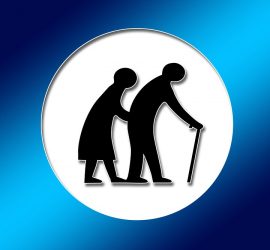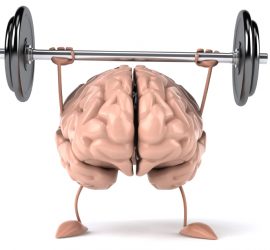Falls without a cause: Understanding risk factors for unexplained falls in older people
While older people most often fall because of a slip, trip or loss of balance, up to 25% of falls remain unexplained (Anpalahan & Gibson, 2012; Davies & Kenny, 1996; Lord et al., 1993). People who have had unexplained falls report having fallen because of a blackout, dizziness, feeling faint or “having […]


